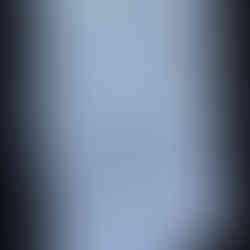Technocene
- Dhemerae Ford

- Oct 25, 2021
- 2 min read
The Anthropocene Epoch is an unofficial unit of geologic time, used to describe the most recent period in Earth’s history when human activity started to have a significant and permanent impact on the planet’s climate and ecosystems.
Now that we’re at the point of human history where we’ve caused permanent ecological change, what do we leave behind in our wake? what will future generations find? What will the state of the earth be when we as a species are no longer a part of it?
In this Anthropocene Epoch, virtual reality and recorded video allow us to experience a glimpse of a simulated natural world. A world that once was teeming with life, dictated by its own laws – and occasionally accompanied with calming and meditative music and sounds. A snapshot of a world seemingly untouched by human hands.
This sculpture titled “Technocene” is an exploration of that very idea. It is an excavated fossil of what we left behind, a marker defining the infinitesimally small yet significant span of time we occupied the planet. A planet forever shaped by our garbage. The human layer of earth will consist of decades of plastic, chicken bones, and recycled aluminum. The zettabytes of data we produce will give our future a tiny fraction of what our world used to be: animals that were once alive, experiences with the natural world we crave to have.
The videos included are from nature documentaries, VR experiences simulating a nature walk, a VR farming simulator, and a many-hours long video created for our pets as entertainment. The sculpture itself are made from 3D models (some found, some sculpted) of various forms of consumer electronics that span many decades, going as far back as the first color television.
The sculpture is intended to be 1-1 in scale (around 48 inches in length), however due to time constraints I was unable to print the sculpture at the desired size. It is currently roughly 18 x 24 inches, 3D printed in white plastic. Since I’m someone who produces a lot of 3D prints – I’m often confronted by the sheer amount of waste that 3D printing in general produces which is why I chose to use that material to make the sculpture. I then created the animation in Adobe After Effects and mixed the audio in Adobe Premiere. All of the audio comes from the videos that are included in the animation. Finally, I used Mad Mapper to tweak the projection to fit better onto the sculpture.
Here is the raw un-projected video:
Here is a recording of the video projected on the sculpture:
Here are some short, close-up clips:
Behind the scenes and close-ups of the installation:
Here is the credits page.
Lastly, here is the article that inspired the title of this installation.


















Comments